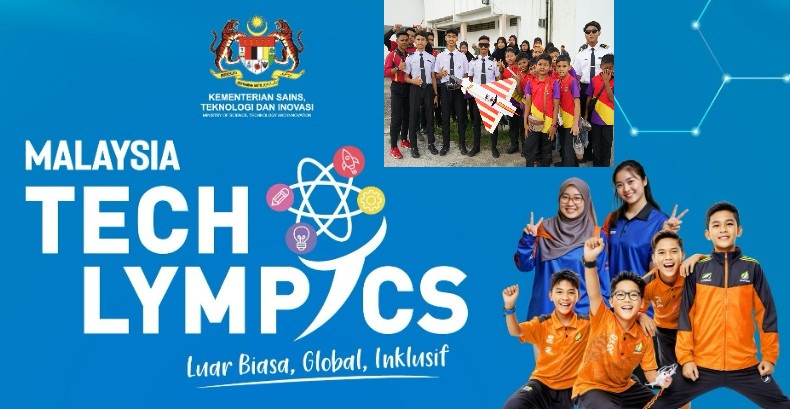THE call by two-time premier Tun Dr Mahathir Mohamad for an umbrella of greater unity among Malays brings an eerie feeling to all mature, educated, and level-headed Malaysians.
Greater Malay unity contradicts the very fabric of ‘unity in diversity’ envisioned at the formation of Malaya and later Malaysia by our founding fathers.
The question now is whether intra-racial unity will illuminate Malaysia—or darken and dim it.
Tipping the balance against the very spirit of our formation and subsequent nation-building will bring negative repercussions both nationally and internationally, affecting our nation economically and politically.
In the colorful tapestry of Malaysia, the national identity is sewn together by a rich blend of cultures—primarily Malays, Chinese, Indians, and various indigenous peoples.
Now, among this delightful variety, a question lingers: Is it enough for people of the same race to stand closely together, or do we need to stretch our hands across the ethnic lines to build a truly united nation?
This little piece argues that while unity within a single group may give a sense of belonging, it is that intermingling of communities—both in politics and daily life that truly nurtures a lasting bond among all Malaysians.
A thoughtful person named J.S. Furnivall once described a plural society as one where different racial groups live side by side, much like guests at a grand wedding reception, each enjoying their own food without much mingling.
Malaysia fits this bill perfectly; ethnic groups have their own schools, political parties, and even places of worship.
In such a setting, for national harmony, it’s not just about being cosy within your own circle but also about making connections with the others.
Though intra-ethnic unity is necessary to some extend, it has its own limitations and it is insufficient. The desire for ethnic-based unity has been a familiar feature in Malaysian life and politics.
The Malays often gather around UMNO, the Chinese rally with the MCA or DAP, and the Indians find a voice through MIC and current multiple Indian parties or other community groups. This cosy internal bonding certainly helps the communities to voice their particular needs and desires.
However, as wise voices had previously pointed out, there lies the risk of becoming too self-contained, like a beehive that doesn’t allow other pollinators.
A constant emphasis on intra-group solidarity can create walls instead of bridges, making it hard to build trust and encouraging narratives that view relations between groups as a competition rather than a collaboration.
Since independence the nation was build based on inter-racial/ethnic competition among races which cannot continue to be the trajectory for future nation building as the world has moved towards the ‘earth is but one country and mankind its citizens’ tenet.
As we venture into the present political landscape of Malaysia, the significance of inter-ethnic unity shines through.
Since the time of the 2018 general election, there have been notable shifts in political coalitions that highlight both the prospects and challenges of different ethnicities coming together, which leads to inter-ethnic unity.
The current Pakatan Harapan (PH) unity government champions reforms, good governance, and inclusivity. Though it has faced some criticisms about ethnic imbalances, it remains one of the most ethnically diverse alliances in Malaysia’s journey.
Following the 2022 elections, the advent of unity governments, which brought together several coalitions, mark a pragmatic embrace of multi-coalitional governance.
Despite their differing ideologies, these partnerships underline the necessity for cooperation across ethnic and geographical lines to uphold national steadiness.
The real unity is not merely a matter of politics; it seeps into the daily grind of life. Inter-ethnic solidarity should be nurtured through, social economic and institutionalised integration.
There must be education reforms that promote multicultural understanding and national harmony. A fair economic policies that shift from race-based views to need-based frameworks, striving toward a shared prosperity vision should be the hallmark.
Initiating civic engagement and youth activism where the younger generations forge a Malaysian identity that transcends race must be framework towards every government machinery.
While unity among a single ethnic group can surely bolster community strength, it is the cooperation across different ethnic lines—politically, economically, and socially—that lays the groundwork for Malaysia’s brighter future.
The evolution of the country’s political frameworks reflects a delicate, yet sincere, effort towards multi-ethnic governance.
As Malaysia strides forward, embracing this spirit of inter-ethnic solidarity will be the secret recipe for national resilience, unity, and inclusive growth.
We cannot continue to operate on intra-ethnic, which we did since independence, as the world has moved forward for inclusivity and integration in all dimensions. ‒ June 9, 2025
K.Tamil Maran ( KT Maran)
Seremban, Negri Sembilan
The views expressed are solely of the author and do not necessarily reflect those of Focus Malaysia.
Main image: The Borneo Post









